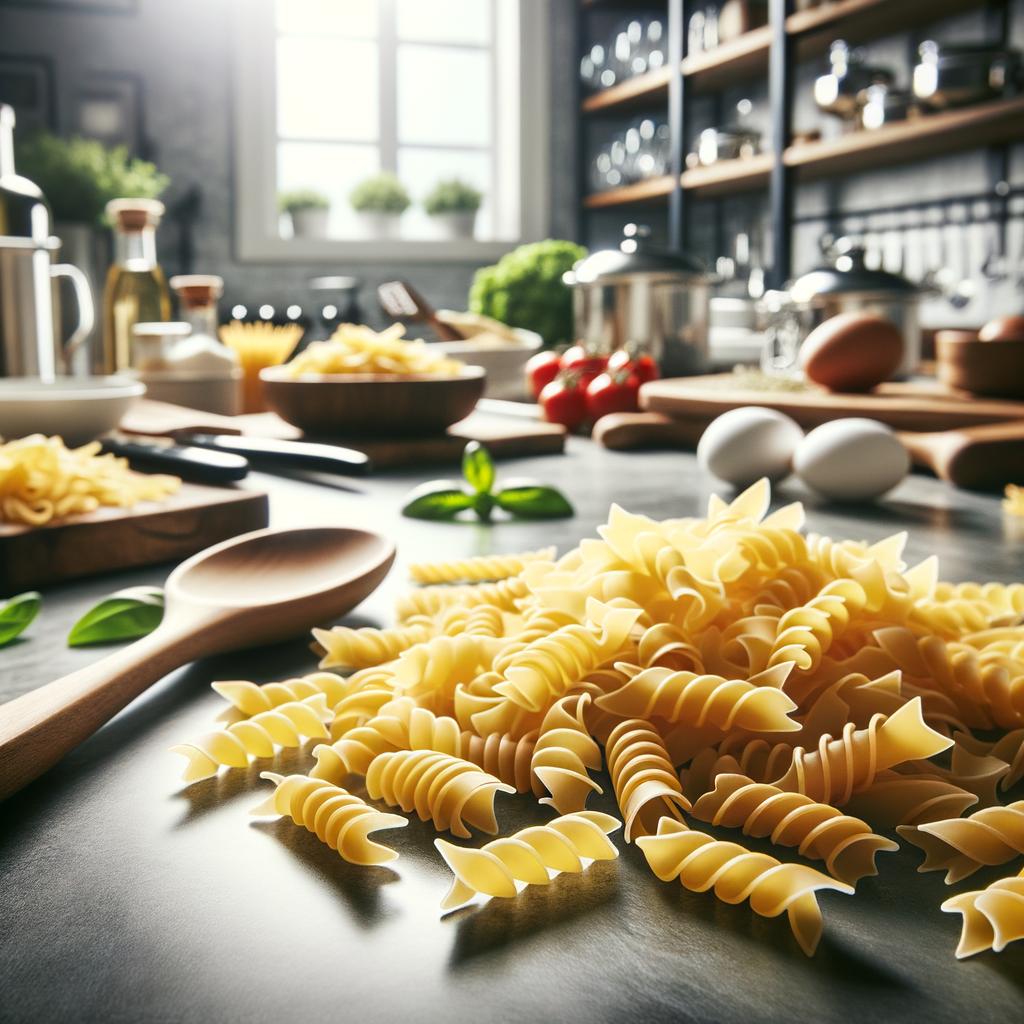Fresh Pasta

Description Fresh pasta, a staple in Italian cuisine, is a simple yet versatile ingredient that has won hearts across the globe. It is typically made from a mixture of eggs and flour, which is then kneaded into a supple dough. The dough is then shaped into myriad forms, from thin strands of spaghetti to wide ribbons of pappardelle, to stuffed delights like ravioli and tortellini. The texture of fresh pasta is tender yet firm, offering a delightful 'al dente' bite when cooked. Its flavor is subtly wheaty and egg-rich, a perfect canvas for a variety of sauces and ingredients. What sets fresh pasta apart from its dried counterpart is its delicate texture and the ability to absorb sauces more readily, resulting in a more flavor-packed mouthful.
Primary Uses Fresh pasta is a cornerstone in numerous Italian dishes, from the hearty lasagna layered with cheese and meat sauce, to the simple yet flavorful 'Aglio e Olio' spaghetti. Its versatility extends beyond Italian borders, finding its place in fusion cuisines, paired with ingredients like wasabi, curry or even truffle oil. Besides its culinary uses, fresh pasta also holds cultural significance in Italy. Each region, each town, and often each family has its unique pasta shape, passed down through generations, reflecting the rich tapestry of Italian food culture.
History The history of pasta is as convoluted as a bowl of spaghetti. While it is often associated with Italy, it is believed that pasta-like dishes were enjoyed in ancient civilizations like Rome and Greece. The form of pasta we are familiar with today, however, started to take shape around the 13th century in Italy. The invention of pasta machines in the 18th century made pasta production more efficient, leading to its widespread popularity. One charming folklore associated with pasta is the story of Marco Polo bringing pasta from China to Italy, a tale that is more fiction than fact but adds to the rich narrative of this beloved ingredient.
Nutritional Information Fresh pasta is a good source of carbohydrates, providing energy for the body. It also contains protein, thanks to the eggs, and can offer a decent amount of fiber if made with whole grain flour. Compared to dried pasta, fresh pasta has more eggs, providing a higher protein content. However, it's worth noting that pasta, fresh or dried, should be enjoyed as part of a balanced diet, paired with plenty of vegetables, lean proteins, and healthy fats. The beauty of pasta lies not just in its taste, but also in its ability to carry and complement the nutritional profile of other ingredients, creating a meal that is as wholesome as it is delicious.

